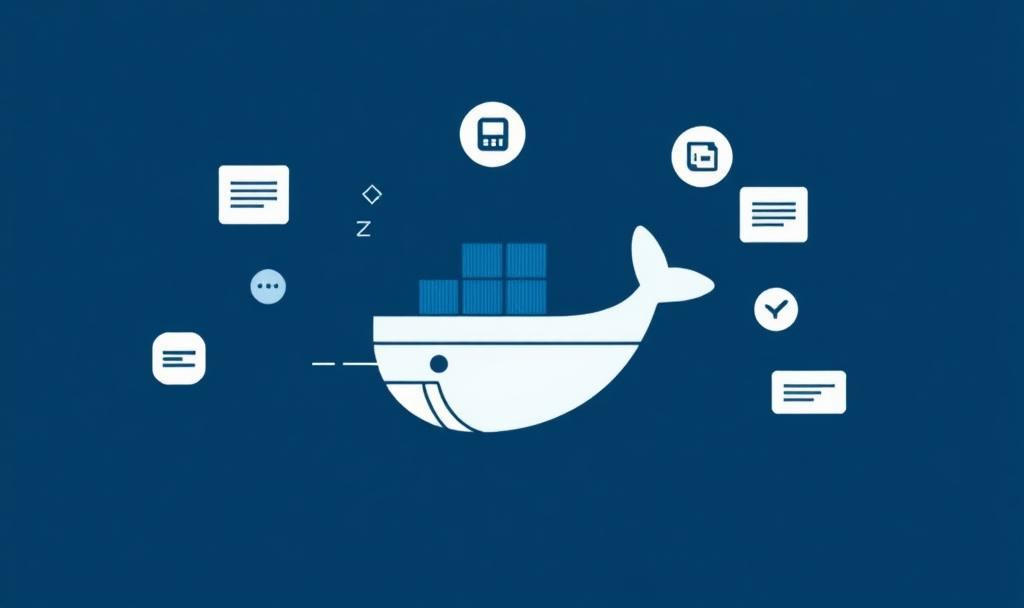Front-end developers often think Docker is just a back-end tool. But when you're working with React.js, Docker Compose can do much more than spin up services — it can stabilize your workflow, speed up builds, isolate environments, and reduce setup friction for every team member.
Let’s break down why each of these techniques is worth adding to your workflow.
Keep reading with a 7-day free trial
Subscribe to Front-end World to keep reading this post and get 7 days of free access to the full post archives.


